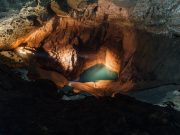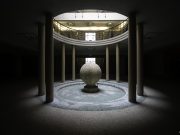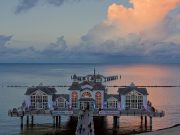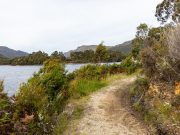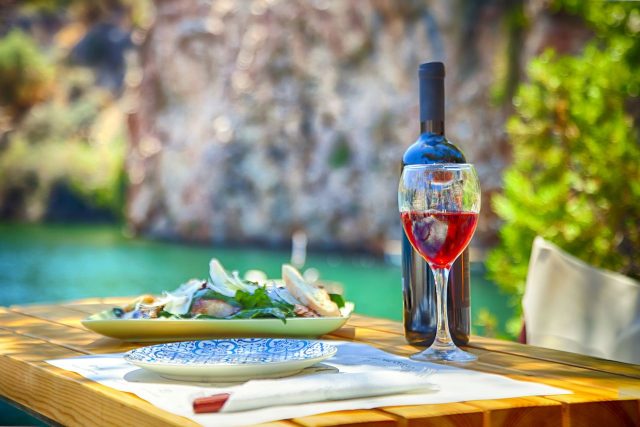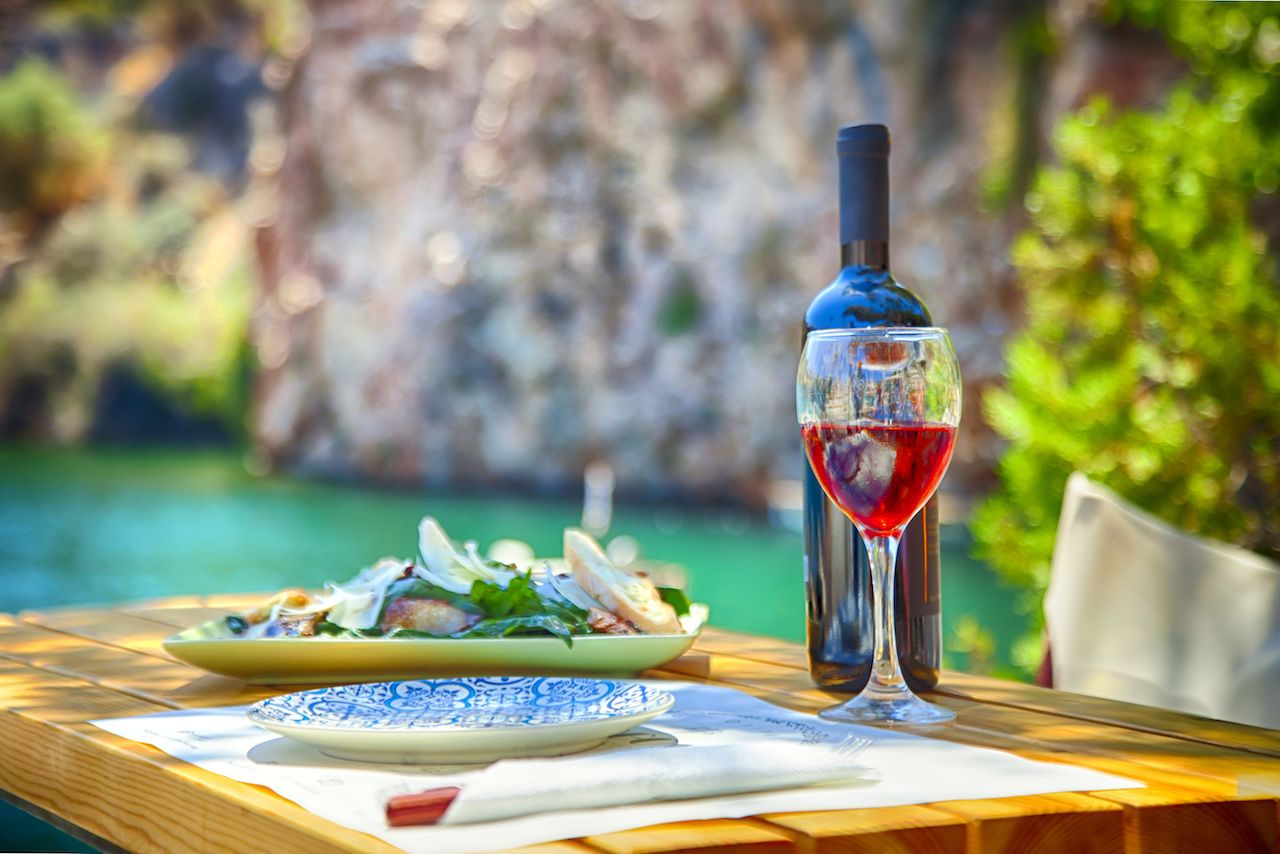
The gastronomic scene in Crete has been according to traditional, family-style cooking. Sure, you can find the specialties that you’ll see within the menus in all of the tourist regions of Greece, like spanakopita, gyros, and tzatziki. But, owing to Crete’s rich history (it was formerly occupied by the Venetian and Ottoman empires), along with its proximity to Cyprus and Turkey, a slew of international influences also come alive while in the cuisine. Expect creamy cheeses, numerous local spices, and many more fresh produce than you’ve ever seen.
When you are looking at drinking, don’t be ready to sip on varieties that you’ll recognize. Indigenous grapes reign supreme in Crete. For whites, vilana, vidiano, dafni, and thrapsathiri can be used for varietal wines and blended bottles which are brimming with acidity and saline-tinged minerality. For reds, kotsifali, mantilari, and liatiko are normal, vinified inside dry and sweet expressions. And don’t forget to finish your meal having a shot of local raki.
2. Heraklion’s nightlife is legit.
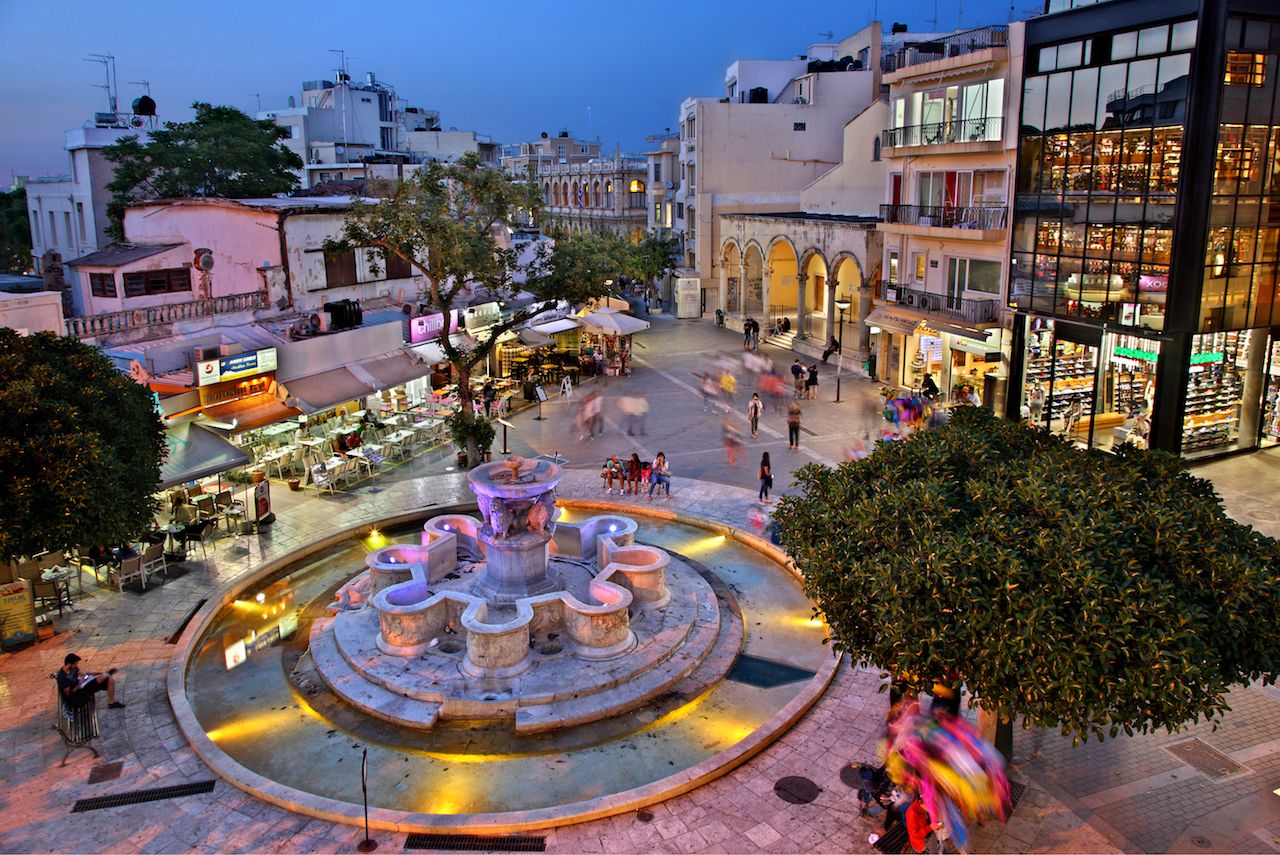

From bustling restaurants stuffed with outdoor seating to elegant waterfront dining to the couple of hopping nightclubs, the main city of Heraklion has all of it. Rooftop bars covered in live plants and projecting movies — don’t be surprised if Romeo & Juliet or Pulp Fiction is playing — sit between handmade jewelry stores and all-day cafés, all ideally wear manicured, car-free streets.
The pedestrian-friendly nature from the city, in conjunction with shopping, delicious food, and walkable access to the beach, make Heraklion a must-see European capital. For some from the city’s most happening scenes, look into THINK TANK for rooftop movies, beer, and budget-friendly yet delicious food; Swing Thing for cocktails and optimal, streetside walking the dog; and Wets & Drys for that speakeasy-style cocktail lounge.
3. The country’s most Instagrammable beaches are here.
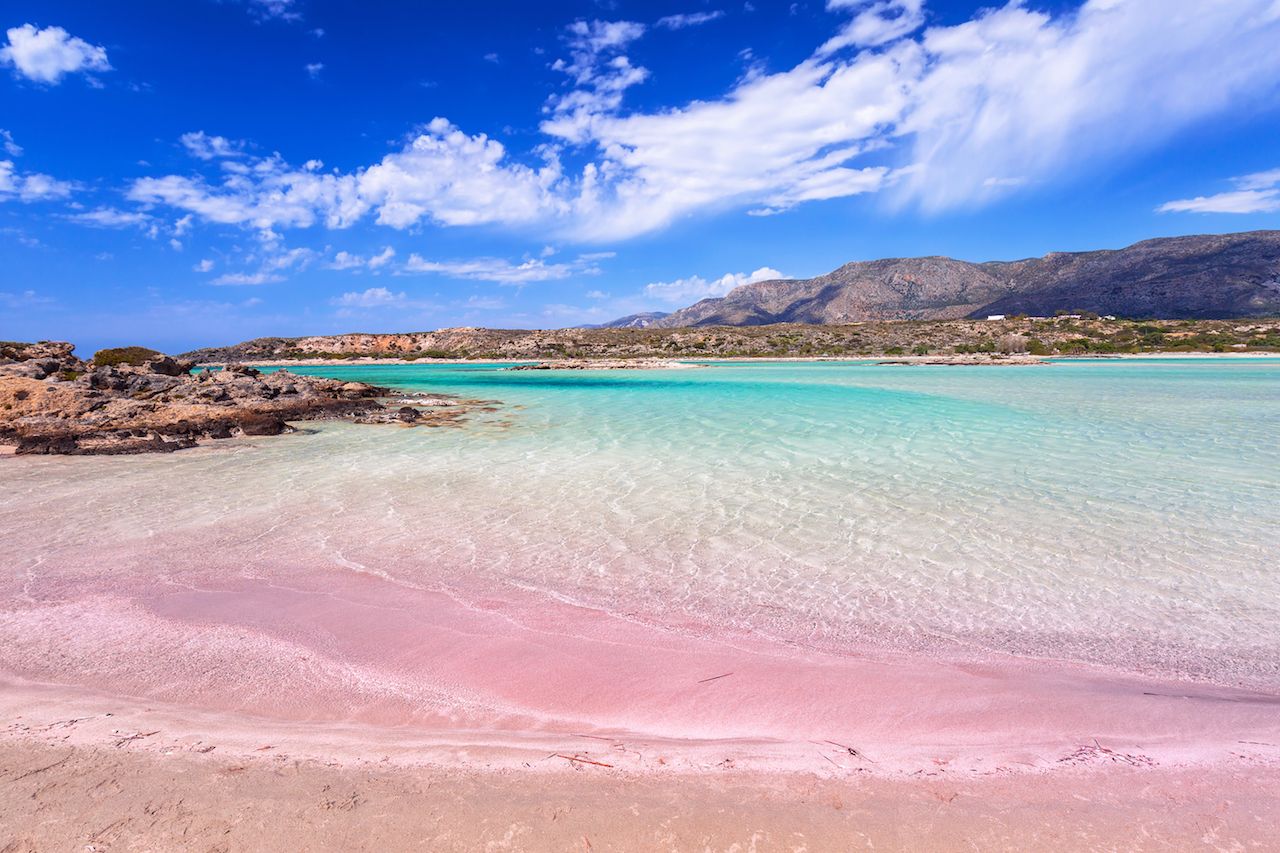

A journey to Crete is actually one giant Instagram post inside of it, however the beaches tend to be the best thing. From your pink-sand beaches of Elafonisi to your crystalline waters of Hersonissos, the vast majority of Crete’s coastline is overflowing with tempting beaches — great for swimming, sunning, and seaside cocktail-sipping.
For the island’s most Instagrammable and unforgettable beach, go to Balos Beach, an isolated lagoon located just 37 miles northwest of Chania. The two-hour, slightly-terrifying mountainside drive, along with the mile-long hike along the side of any cliff it takes to reach this gorgeous spot is perfectly more than worth it. Pack a bag packed with snacks and water, since refreshments are restricted just to one small stand.
4. Taking excursions to other islands is very simple.
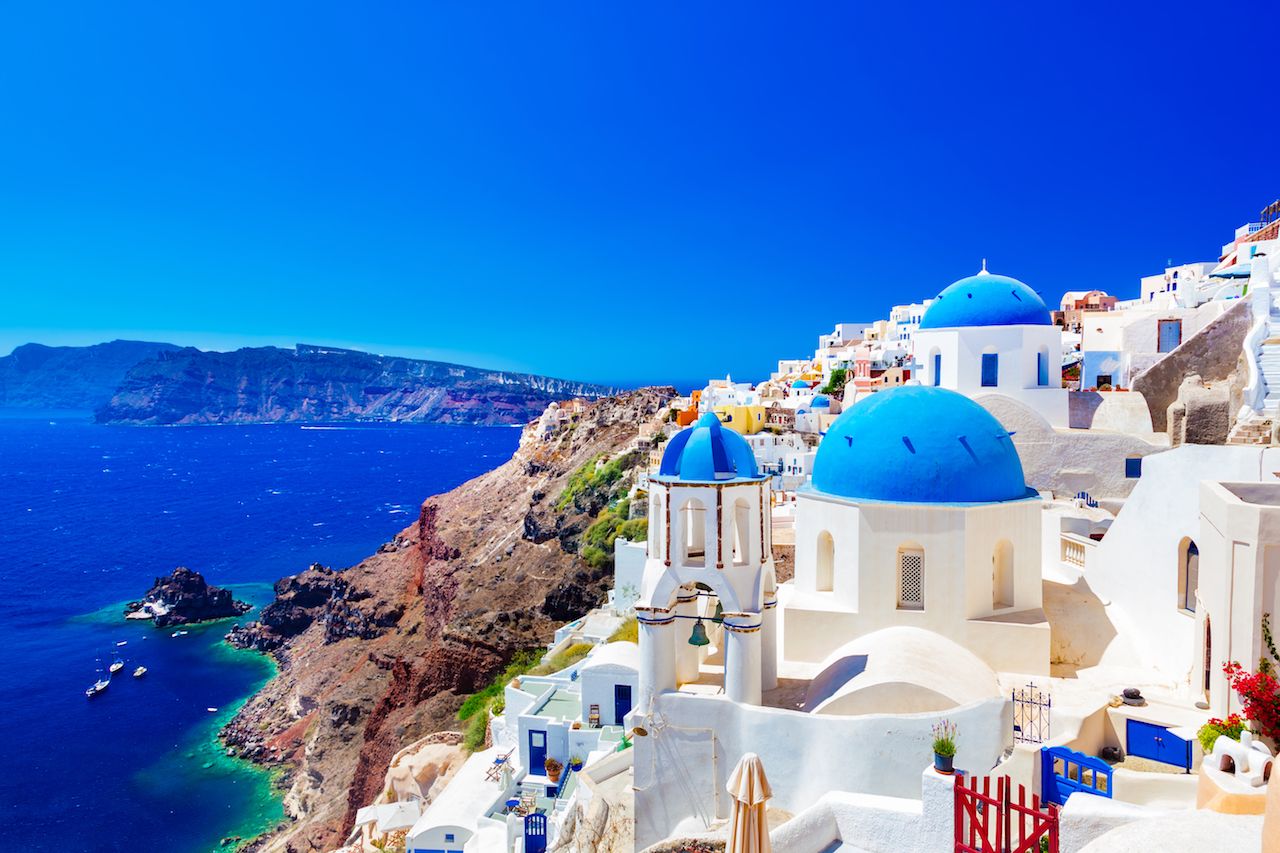

Whether you’re within Heraklion, Chania, or Rethymno, exploring other islands is simply boat ride away. Accessing Santorini from Heraklion takes just three short hours, and Mykonos, it’s just four . 5. Just in case you’re really feeling adventurous, a holiday to a historic capital of Athens will cost you about seven hours. Paros, Naxos, and Milos may also be readily available by boat, creating perfect day or overnight trips. Grab the ferry, get those iconic Santorini photos, and head straight back for just a nights local cuisine and raki in Heraklion.
5. Ancient history is everywhere.
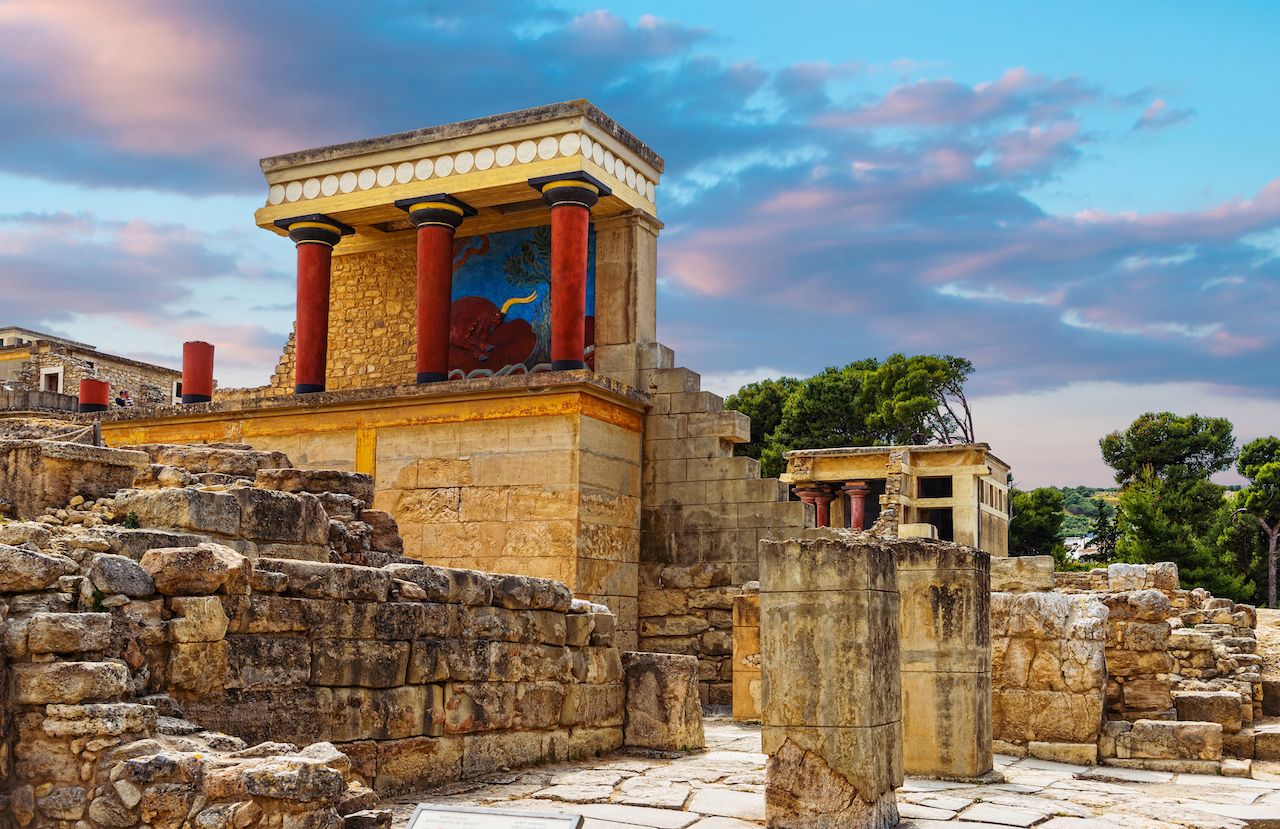

The nation’s rich history isn’t exclusively rooted in Athens. Knossos, that\’s just a short drive away from Heraklion, is Crete’s most enjoyable historical attraction — it’s the island’s largest Bronze Age archaeological site. It was actually the midst of Minoan civilization 3,000 in the past, and was inhabited for many years before that.
Within the metropolis of Heraklion, don\’t forget to browse the old Venetian walls of your city, stretching nearly three miles in length. The walls were originally built over the island’s Venetian occupation during the 13th century so as to keep out Ottoman invaders — taking over 100 years to be completed.






